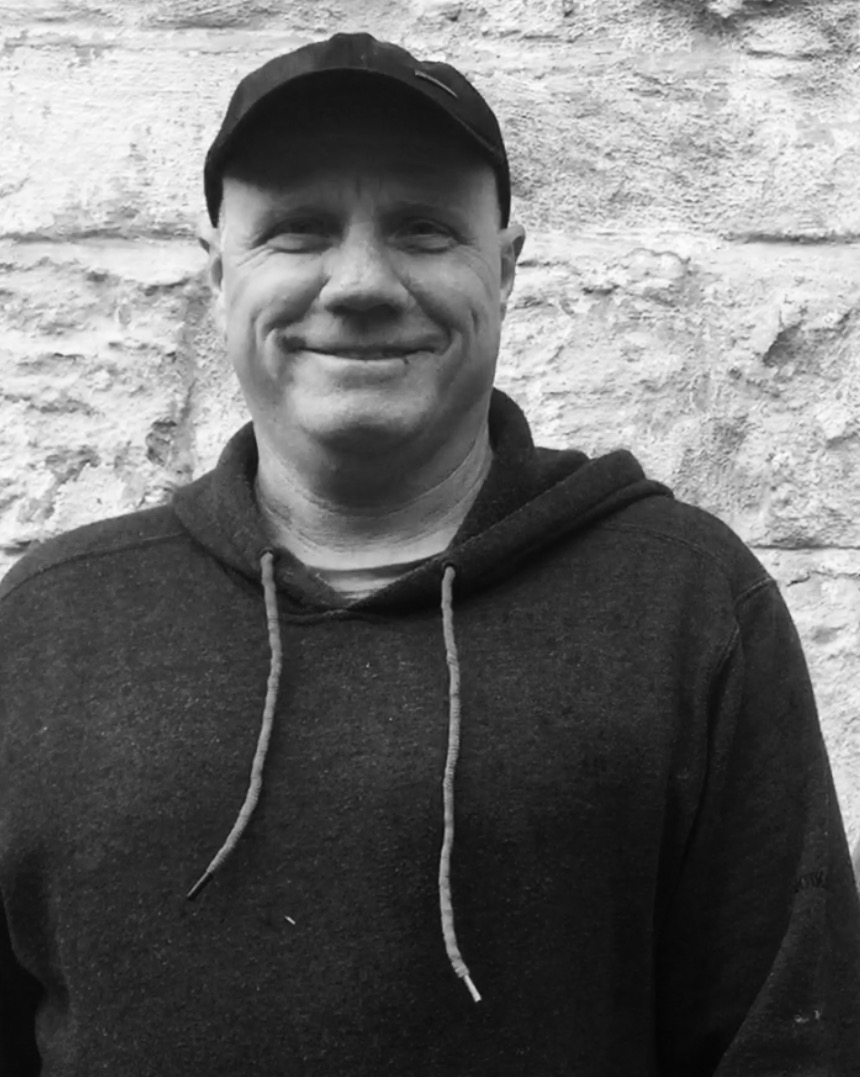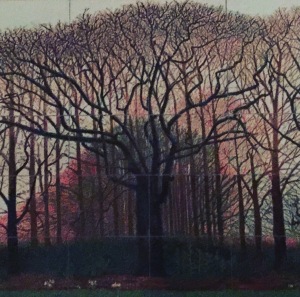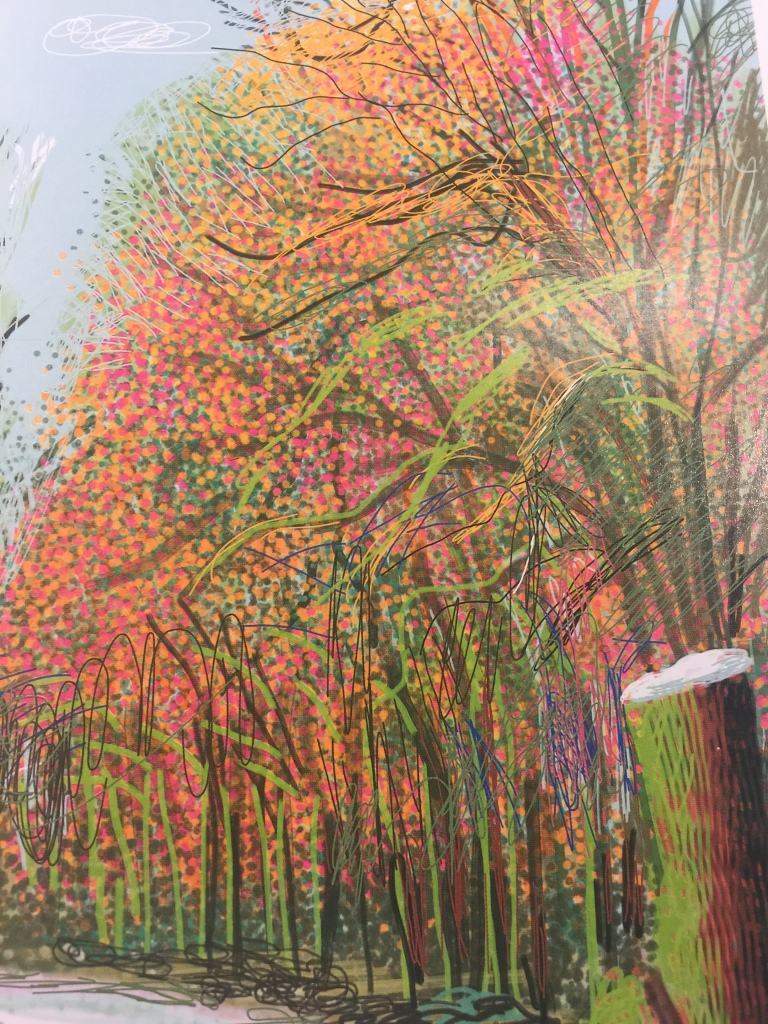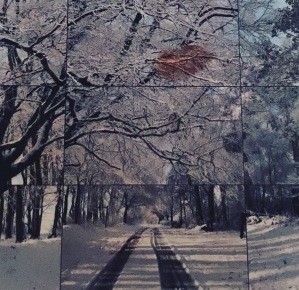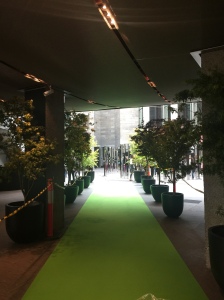Near enough is not good enough
Hurley
Frank Hurley may have been hired to document historic events, but this limitation would not constrain his desire for interpretation. For Hurley, the photographer, not the camera was the image maker. The camera was his art brush, a mere apparatus.

His haunting images were both spontaneous and constructed. Hurley was accused of manipulating his images to create a reality that was not. His work was both fact and art which blurred his role as documentary maker and story teller.

His major commissions included an Antarctic expedition in 1911 and again in 1914-16 and war photographer for WW1 and WW2. He’s personal adventures took him to Papua New Guinea and as a photo journalist of the Australian landscape. He was also an early film maker for movies.
During the wars, Hurley was assigned as a cameraman to record the dark period in human history, where mutilated bodies littered the landscape. Hurley used black and white, and new colour technology to capture the mayhem.He found that the images didn’t capture the intensity of the drama , therefore he re-created many of the images with composite constructions to emote the event, to a greater height.
No longer documents of the event in reality, he is an expresionist, a borderline surrealist, verging in the realm of romantic horror. The question is, how much enhancement blurs the lines between drama and fiction?

‘To convey the grandeur of the experience, Hurley employed a series of artistic strategies including dramatic re-enactments, the addition of dramatic lighting effects and most contentiously composite photographs, where several negatives were montaged together to convey a more dramatic narrative than that captured in a simple exposure’
Sasha Grishin

Hurley used weather effects to enhance his images, in a way that film employs music to raise the emotional tempo. What his critics labeled as fake within the context of time, may be considered normal practices today. Many Earth images are frequently accused of being composites.
When it came to photographing his own country, his lens was used to idealise the Australian experience, as a place of hope and optimism.

- Australian Art, A History Sasha Grishin 2013 / Frank Hurley, The man who made history ABC 2004

























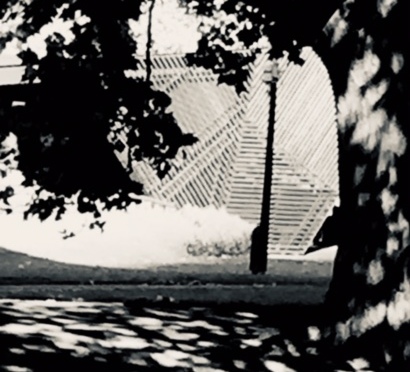










































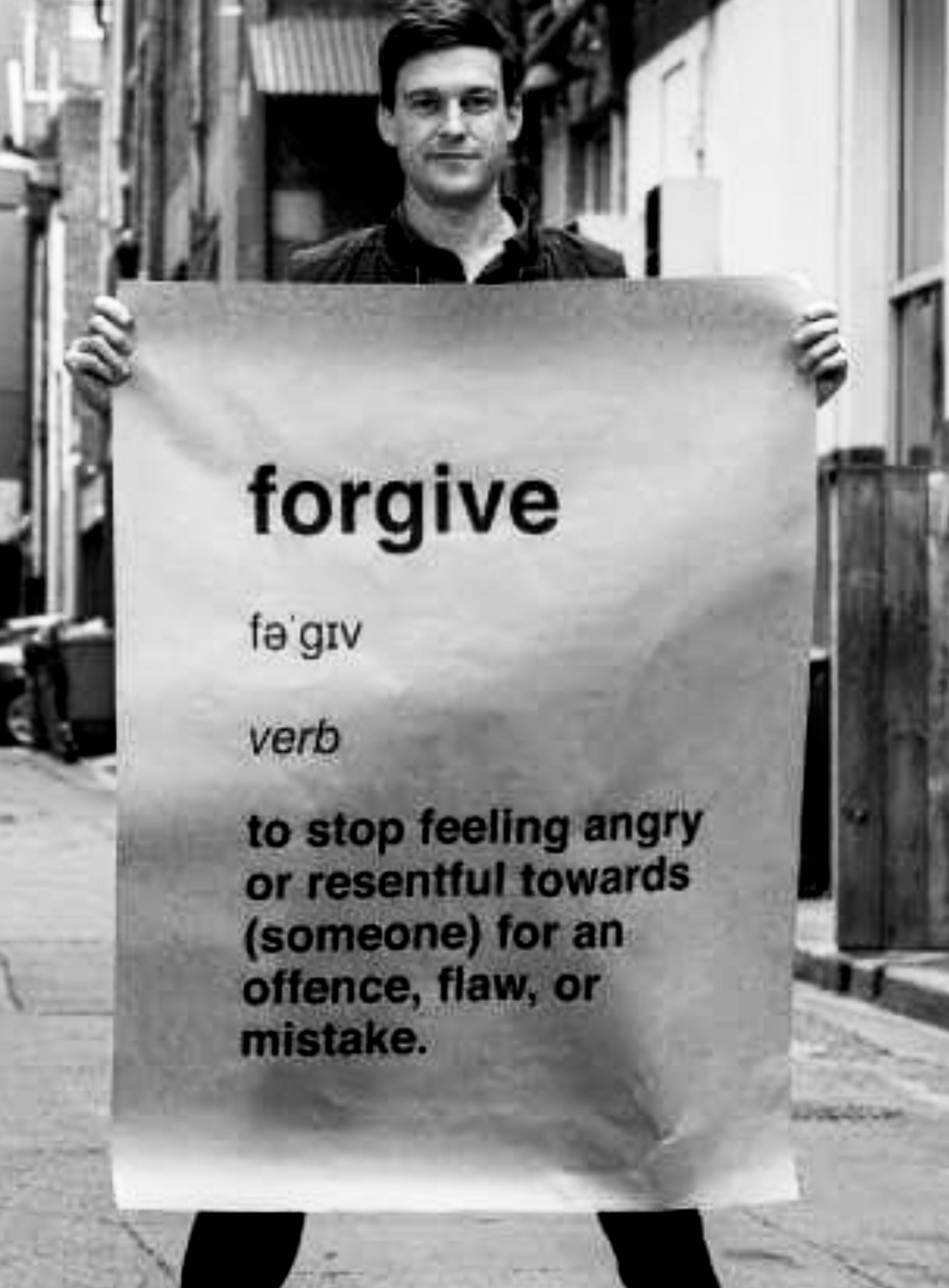






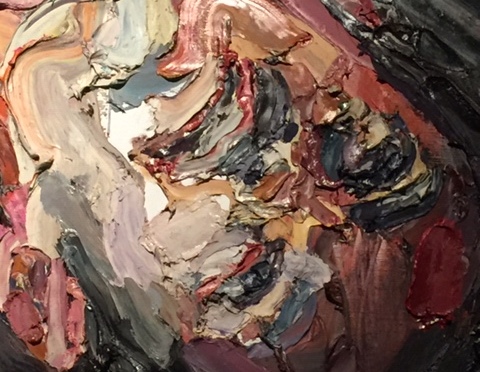












































































































 We arrive at the GOU PEI exhibit, a Chinese Fabric Artist that engineers her Masterpieces, stitch by stitch, bead upon bead, golden thread and a mantle of dreams. Inspired by an ancient past with dresses that would inspire the Pope. Her exhibit arrived in Melbourne, as precious as the Emperors Palace treasures and is located in the eye of the TRIENNIAL storm at the NGV.
We arrive at the GOU PEI exhibit, a Chinese Fabric Artist that engineers her Masterpieces, stitch by stitch, bead upon bead, golden thread and a mantle of dreams. Inspired by an ancient past with dresses that would inspire the Pope. Her exhibit arrived in Melbourne, as precious as the Emperors Palace treasures and is located in the eye of the TRIENNIAL storm at the NGV.


























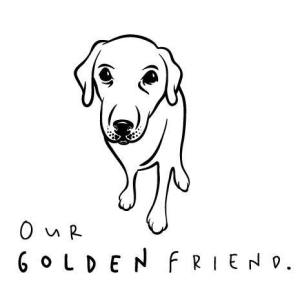


















 Where did you Guys train? MP
Where did you Guys train? MP


